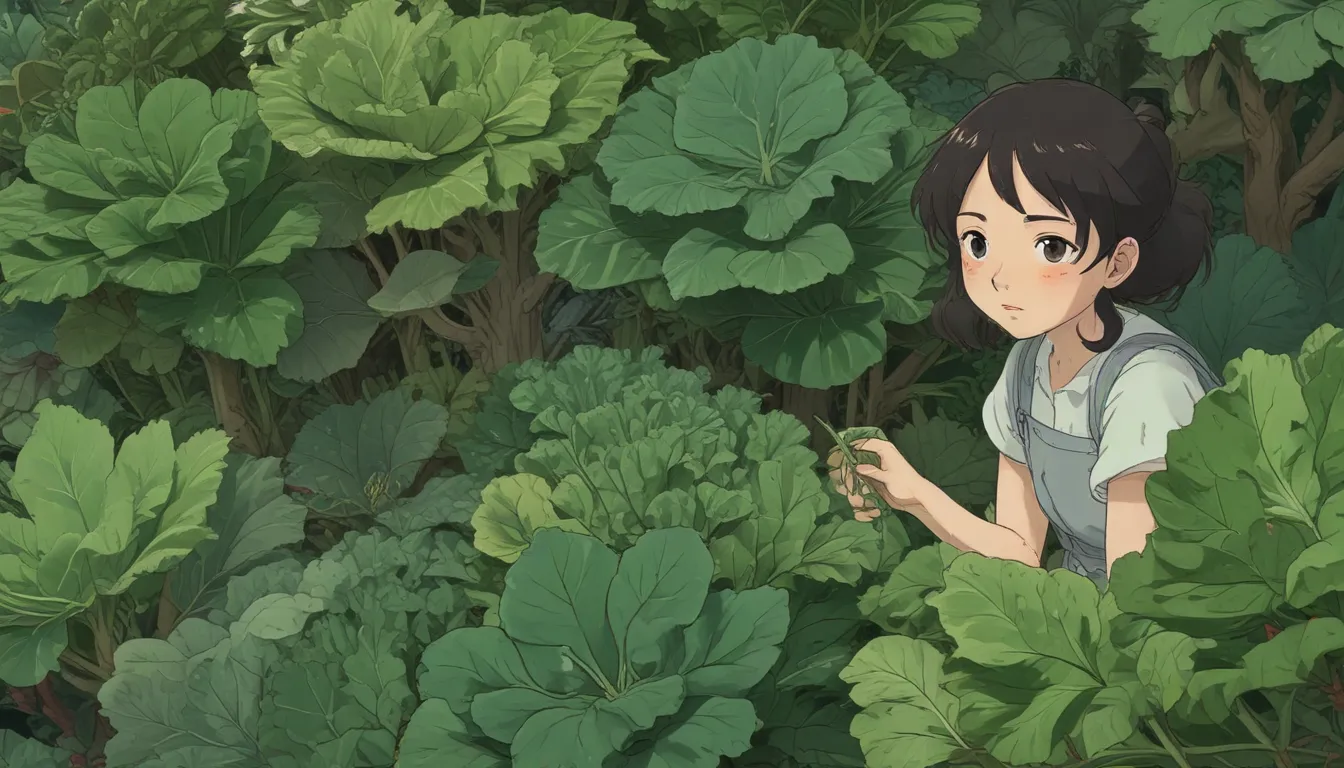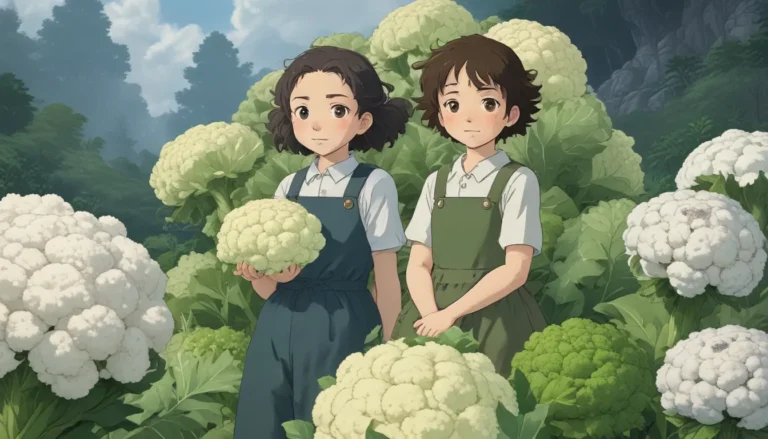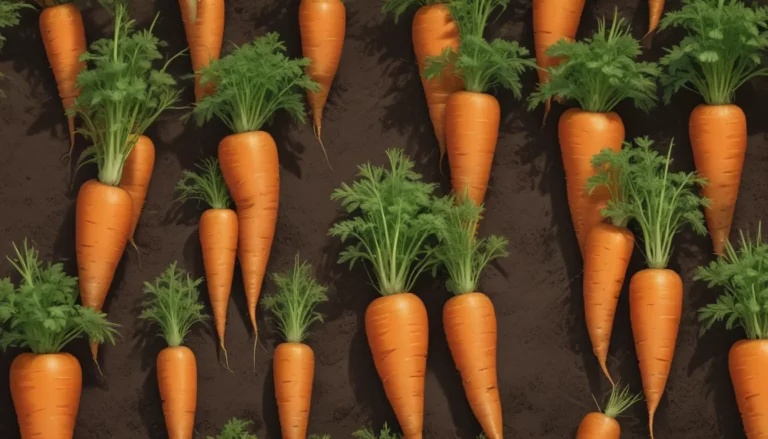The Ultimate Guide to Growing and Enjoying Collard Greens

A Southern Tradition: Growing Collard Greens
When it comes to vegetables that are synonymous with Southern cuisine, collard greens undoubtedly top the list. These leafy greens have deep roots in Southern culture, and it’s no wonder they are celebrated as a must-have vegetable on many Southern tables.
Collard greens have managed to capture the hearts (and taste buds) of people all over the world, from the American South to several African nations, Brazil, Portugal, and even the Kashmir region of Pakistan and India. Their versatility and nutritional benefits make them a popular choice, whether you’re a seasoned gardener or a beginner looking to dive into the world of growing your food.
So, let’s embark on a journey to uncover the secrets of these beloved leafy greens!
Discovering Collard Greens: What You’ll Explore
- What Are Collard Greens?
- Cultivation and History
- Propagation
- How to Grow
- Growing Tips
- Cultivars to Select
- Managing Pests and Disease
- Harvesting
- Preserving
- Recipes and Cooking Ideas
- Quick Reference Growing Guide
Unveiling Collard Greens: A Closer Look
Collard greens belong to the Brassica genus, which also includes cabbage, kale, broccoli, cauliflower, and other cruciferous vegetables. These plants are esteemed for their nutritional value, offering high fiber content, along with essential vitamins and minerals.
As a loose-leaf variety, collard greens are less prone to fungal diseases common to other brassicas, making them a viable choice for cultivation in regions with high humidity.
Known for their resilient nature, collard greens thrive in both heat and frost, adapting well to various climates. Whether you live in the South or the North, you can cultivate these greens with ease.
Cultivation and Rich History
Tracing its origins back to the eastern Mediterranean, collard greens are believed to be descendants of ancient wild cabbages cultivated by ancient Greeks and Romans. These leafy greens found their way to the American South through the transatlantic slave trade, becoming an integral part of Southern cuisine.
Enslaved Africans cherished collard greens for their nutritive value, relying on them as a primary food source during challenging times. Passed down through generations, the tradition of cooking and consuming collard greens remains deeply rooted in Southern culture to this day.
Planting Tips: Propagation and Growth
Starting from Seed
You can kickstart your collard greens journey by planting seeds indoors or outdoors. For a successful harvest, ensure you transplant them at the right time, considering soil and air temperatures. Alternatively, you can directly sow seeds outdoors following specific guidelines based on the season.
Growing Healthy Plants
Collard greens thrive in full sun and well-drained, fertile soil. With proper care and attention to watering, fertilizing, and maintaining optimal conditions, you can cultivate robust plants that yield a bountiful harvest.
Sowing Collard Greens: Variety Matters
Several cultivars are available for growing collard greens at home, each offering unique characteristics and flavor profiles. From the heirloom ‘Champion’ to the versatile ‘Vates,’ you have a range of options to experiment with in your vegetable garden.
Pest Management and Disease Control
Collard greens attract various pests such as deer, insects, and diseases like anthracnose and bacterial soft rot. Implementing preventive measures, like using row covers and natural remedies, can help protect your plants from potential threats and ensure a healthy harvest.
Harvesting and Preservation Tips
Knowing when and how to harvest collard greens is crucial for optimizing flavor and freshness. Whether you prefer to cook them fresh or store them for later use, proper preservation techniques such as blanching and freezing can extend the shelf life of your harvest.
Flavors of the South: Cooking Collard Greens
Traditional Southern collard greens recipes involve slow-cooking the greens with flavorful ingredients like ham hocks for a soulful culinary experience. From potlikker to creamed collard greens, there are endless ways to savor the delicious taste of this beloved vegetable.
Quick Reference Growing Guide
To simplify your collard greens journey, here’s a handy guide outlining essential information about planting, watering, maintenance, and companion planting strategies. Understanding these key details can help you cultivate healthy plants and enjoy a successful harvest.
Embracing Collard Greens: A Timeless Tradition
With their rich history and nutritional benefits, collard greens offer a glimpse into the cultural tapestry of Southern cuisine. Whether you’re growing them for the first time or seeking to expand your gardening repertoire, these leafy greens are a versatile addition to any vegetable garden.
Do you have fond memories of growing or cooking collard greens? Share your experiences and favorite recipes in the comments below and let the legacy of this beloved green continue to flourish!
If you’re looking to explore more leafy greens, check out these articles:
- How to Cultivate Kale
- Leafy Greens for Salads and Sautees: A Guide to Growing Spinach
- Discover the Art of Planting and Growing Swiss Chard
Remember, collard greens aren’t just a vegetable; they’re a cultural icon that brings people together through shared traditions and flavors.
Cultivate, Savor, and Share the Goodness of Collard Greens!
Tantalizing the taste buds and nourishing the body, collard greens are more than just a vegetable; they’re a symbol of heritage and community. Embrace the heritage of these culinary delights as you embark on your collard greens growing journey. Happy gardening!





